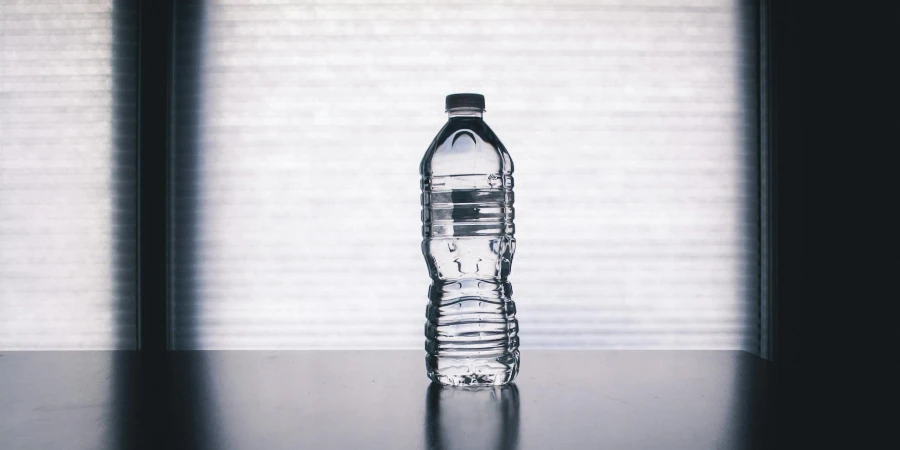In the realm of sports, hydration is key to performance and health. Plastic water bottles have become ubiquitous on fields, courts, and gyms worldwide. This article explores the nuances of these essential hydration tools, their widespread use, and how to make the best choice for your athletic needs.
Table of Contents:
1. What are plastic water bottles?
2. The popularity of plastic water bottles
3. Are plastic water bottles good?
4. How to choose plastic water bottles
5. How to use plastic water bottles
What are plastic water bottles?
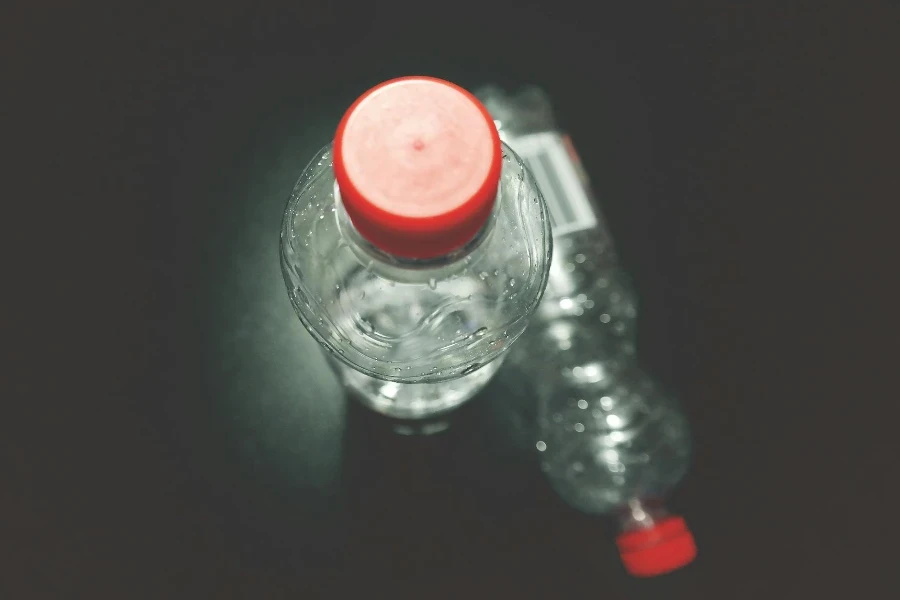
Plastic water bottles are containers made primarily from polyethylene terephthalate (PET), high-density polyethylene (HDPE), or polycarbonate. They are designed to hold water and other beverages for personal consumption. These bottles are lightweight, durable, and designed for convenience, making them a staple for athletes and sports enthusiasts. The manufacturing process involves the molding of plastic materials into desired shapes, followed by rigorous testing to ensure they are safe and leak-proof. Innovations in design have led to features like built-in filters, squeezable bodies for easy use during intense activities, and insulation to keep drinks cold or hot for extended periods.
The popularity of plastic water bottles

The widespread use of plastic water bottles in sports can be attributed to their portability, affordability, and the increasing awareness of the importance of hydration. Athletes from all disciplines, be it team sports, endurance events, or individual workouts, rely on these bottles to keep hydrated without interrupting their performance. The environmental impact of single-use plastic bottles has led to a surge in the popularity of reusable, durable water bottles among environmentally conscious athletes. These bottles not only reduce waste but also offer a cost-effective solution for hydration needs over time.
Are plastic water bottles good?
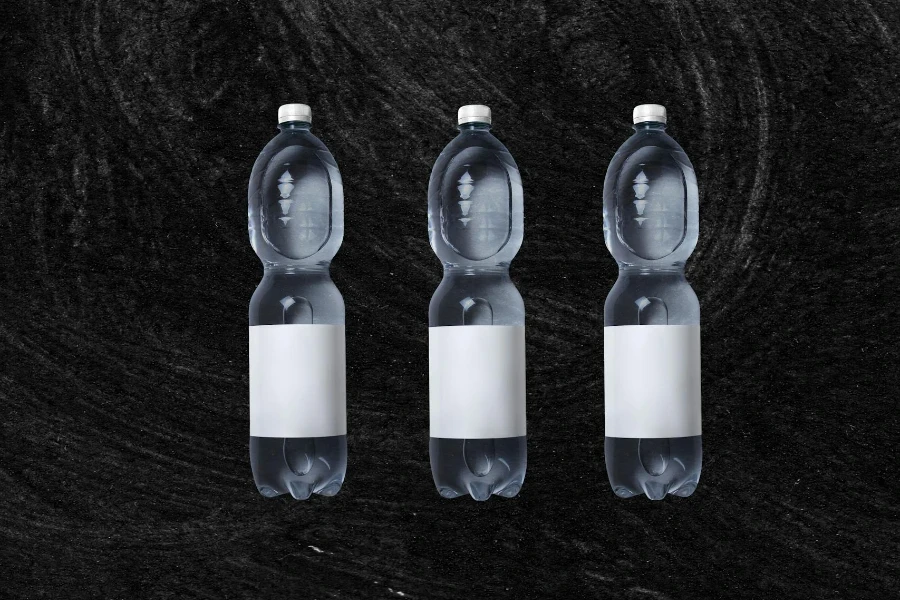
The debate around the use of plastic water bottles centers on health and environmental considerations. On the health front, high-quality, food-grade plastic bottles are deemed safe for use, especially those free from harmful chemicals like BPA. However, it’s crucial to regularly clean and inspect bottles for wear and tear to prevent bacterial growth and chemical leaching. Environmentally, the impact of single-use plastic bottles is significant, contributing to pollution and waste. Conversely, reusable plastic water bottles offer a more sustainable option, reducing the need for disposable bottles and encouraging a more eco-friendly approach to hydration.
How to choose plastic water bottles
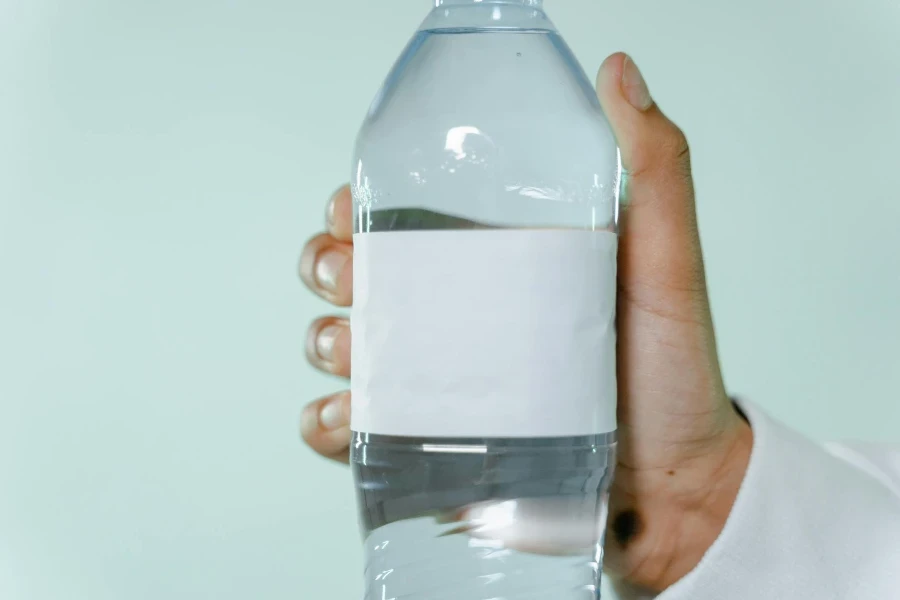
Selecting the right plastic water bottle involves considering several factors, including material, size, design, and additional features. Opt for bottles made from BPA-free and food-grade materials to ensure safety. The size of the bottle should align with your hydration needs and the nature of your sport. For instance, endurance athletes might prefer larger bottles to reduce refill frequency. Design elements like a wide mouth for easy filling and cleaning, a secure cap to prevent leaks, and a comfortable grip are essential for convenience and functionality. Additional features such as filters, insulation, and collapsible designs can enhance the hydration experience based on individual preferences and needs.
How to use plastic water bottles
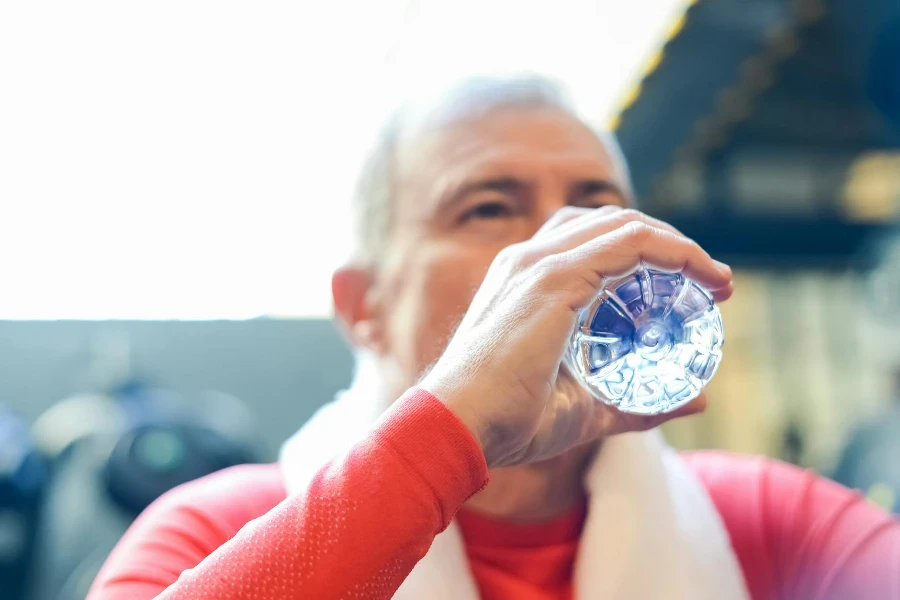
Proper use and maintenance of plastic water bottles are vital for their longevity and your health. Always clean your bottle before the first use and regularly thereafter with warm soapy water, rinsing thoroughly. Avoid using the bottle for hot beverages unless it’s specifically designed for that purpose, as heat can degrade certain plastics. For athletes, timing your hydration—pre, during, and post-exercise—is crucial for optimal performance and recovery. Finally, inspect your bottle regularly for any signs of damage, such as cracks or a compromised seal, and replace it when necessary to ensure safety and effectiveness.
Conclusion:
Plastic water bottles are an integral part of sports, offering a convenient and effective way to stay hydrated. Understanding their benefits and drawbacks, along with how to choose and use them wisely, can enhance your athletic performance and contribute to a more sustainable practice. By selecting the right bottle and maintaining it properly, athletes can ensure they’re well-hydrated for any challenge that comes their way.
